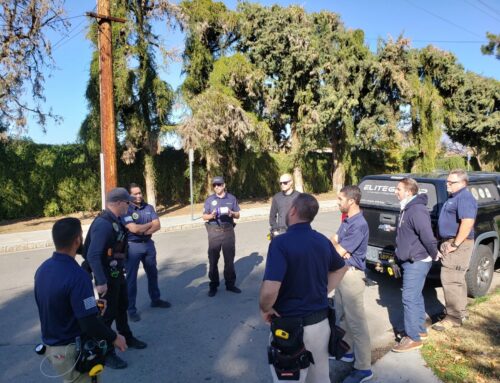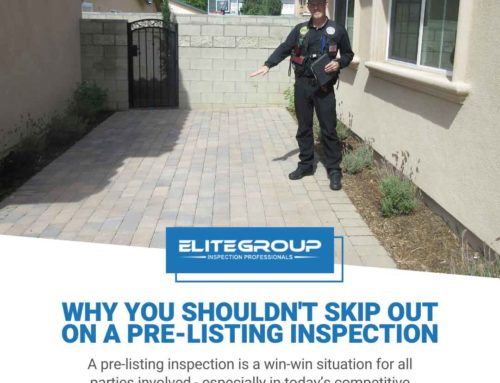Vital issues to look for when buying a home.
By Steven Harms, Elite Group Home Inspector in Fresno/Clovis, California
Buying a home can feel overwhelming, especially when you’re not sure exactly what distinguishes a reliable home from one that needs a little extra TLC, an easy fix, or a costly major repair. While it may be easy to spot cabinets that need replacing or outdated light fixtures, cosmetic repairs of this nature don’t necessarily dictate the true condition of a home.
Below, we’re highlighting a few of the major elements that can either make or break a home. Please note, this is not a comprehensive list; it’s a short list of some major issues that can point to trouble down the line.
1. Foundation Cracks
It’s not uncommon to see a concrete slab foundation with cracks in it. However, not all cracks necessarily mean trouble ahead.
Moisture in the home can lead to expansion and contraction in the concrete, so it’s natural to see small cracks on the surface. However, if you notice larger V-shaped cracks or pyramid-shaped cracks, it’s important to take a step back to see if the foundation has risen or fallen on one side. This can be caused by the earth beneath it settling, resulting in the foundation tilting so that it’s no longer in complete contact with the earth.
Exercise caution when considering purchasing a home with these types of foundation issues, and contact a local professional to inspect the severity of the foundation damage.
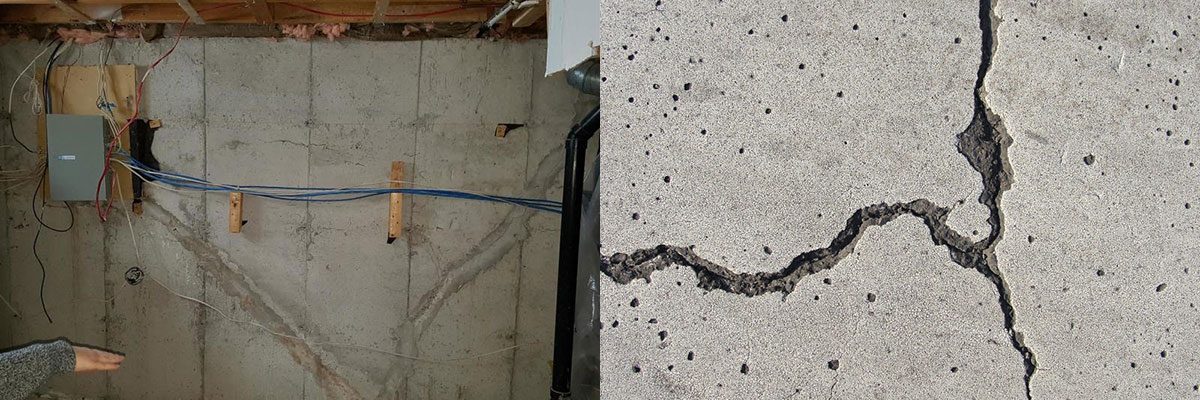
 2. Moisture
2. Moisture
Moisture is one of the leading causes of structural damage in homes. When looking at a property, it’s important to note that all landscape, walkways, patios and driveways should slope away from the house to create appropriate “runoff.” When properties don’t have proper runoff, water can begin to pool in low areas near the house. Standing water, especially when adjacent to a building, can begin to seep into the foundation and wood siding of the home if not properly drained.
Be sure to inspect the fascia and lower parts of the siding for wood rot. Additionally, look for darker spots, moss or algae on the roof. This is a sign that there is excessive moisture present.
Microbial growth, often seen on drywall or plaster, is also a result of higher levels of moisture which can suggest that the home may have experienced problematic structural damage at some point in the past.
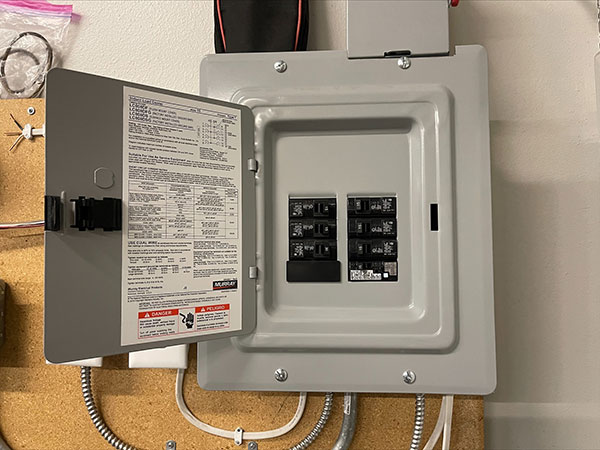 3. Electrical Panels
3. Electrical Panels
While there are many quality electrical panel manufacturers in the US, three major brands (Federal Pacific, Zinsco and Sylvania) have produced electrical distribution equipment over the years that have caused serious damage to homes. Specifically, some Federal Pacific panels have been known to start fires, while some Zinsco and Sylvania panels have created hazardous situations, such as breakers that don’t trip when needed and fragile bus bars.
It’s usually necessary to remove the “dead front” (or cover) of the electrical panel to determine what manufacturer created the components, but the dead front should never be removed by anyone other than a qualified electrician or experienced professional (such as your home inspector), because the live elements inside present a potentially-lethal shock hazard.
We strongly recommend contacting a qualified electrician to examine the electrical panel and determine whether it should be upgraded for safety reasons.
 4. Galvanized Plumbing
4. Galvanized Plumbing
Galvanized plumbing was introduced in the 1960s as a replacement for toxic lead plumbing, and was used until as late as the 1990s. This material easily corrodes and develops rust from within, which can cause complete stoppage in your home’s plumbing.
An easy way to confirm galvanized plumbing is by testing a magnet against it, because magnets won’t adhere to copper or plastic, the plumbing alternatives. Alternatively, you can scratch the pipe with a screwdriver or another hard tool to look for color. A silver-gray color suggests galvanized plumbing while penny-colored tones indicate copper, and a dull, soft white material indicates plastic. If galvanized plumbing is discovered, a professional plumber should be contacted to further assess the plumbing system.
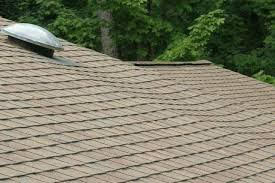 5. The Roof
5. The Roof
Assessing the general condition of a roof from ground level can be simple. First, assess the ridge (the peak) of the roof and look for signs of sagging. Sagging can be caused by improper installation of roof trusses, water or moisture seeping into the sheathing underneath, or even too much weight on the roof itself. For example, older homes may have too many layers of roofing built up over the years.
If the roof trusses don’t have the proper design or installation, “rafter spread” may result. This is a condition in which the weight of the roof becomes too heavy for its trusses, causing them (and subsequently the walls) to spread outward.
If either of these issues are observed, be sure to contact a professional roofing contractor to further inspect the roof condition.
6. Knob and Tube Wiring
“Knob and tube” wiring is a type of electrical wiring used from the 1880’s to the 1940’s, where cloth wiring rests on knobs (white cylindrical ceramic holders) and through tubes (insulated porcelain tubes that protect wiring when running through wood). This kind of wiring can often be found in attics, walls or crawl spaces.

Knob and tube wiring is typically insulated in black cloth, while modern residential wiring, typically called “Romex,” appears as a white or yellow non-metallic sheath containing multiple conductors. Knob and tube wiring is not inherently dangerous, however it is considered outdated and a possible fire and safety hazard.
If knob and tube wiring is discovered, replacement or removal is often required. Contact a licensed electrician to further inspect the condition of the system, and consider replacement when able.
Whether you’re looking to purchase your first home, your 50th rental property, or something in-between, Elite Group Inspections can spot these and other red flags to help you find your perfect property.
 Steven Harms is a certified home inspector for Elite Group Inspection Professionals, North America’s largest privately-owned home inspection company. Steven serves the Fresno & Clovis area. When not helping homebuyers understand the true condition of the home they’re buying, Steven enjoys working on his own home, cooking, and spending time with his wife Kai and their dog George. Steven can be reached at (559) 942-6665, or by email at StevenHarms@EliteInspections.com.
Steven Harms is a certified home inspector for Elite Group Inspection Professionals, North America’s largest privately-owned home inspection company. Steven serves the Fresno & Clovis area. When not helping homebuyers understand the true condition of the home they’re buying, Steven enjoys working on his own home, cooking, and spending time with his wife Kai and their dog George. Steven can be reached at (559) 942-6665, or by email at StevenHarms@EliteInspections.com.

